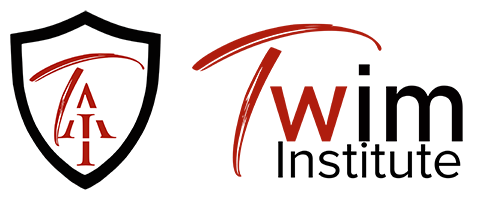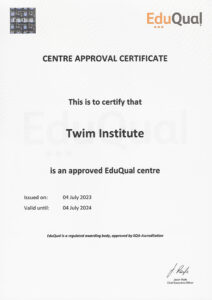
To begin with, a business analysis framework is a conceptual plan that describes all of the key requirements for running a business. It is based on the use of knowledge, the various techniques that make up the process, and also critical analysis.
If you are an aspiring Business Analyst or already into it, this article is a must-read for you. It is important to note that if there is a problem gap in an organization that can be improved, then suggestions are made to create a new system, like the introduction of software or some sort of interface. It could be an internal system, for example, staff phasing, or external, for example, customer phasing.
To do this, a Business Analyst needs to come up with the exact requirements and the process of eliciting the requirements both from the business owner and the different stakeholders.
In many software development companies, the biggest expense they incur is coming from improperly documented requirements because once the wrong requirement is used, the software will be wrong as well.
The Requirements Framework
As a business analyst, the requirements framework is an essential part of your job. The requirements framework is a process that helps you gather, analyze, document, and validate the requirements for a project. Here are the key components of the requirements framework:
- Identify stakeholders: The first step is to identify all the stakeholders who will be affected by the project. This includes users, customers, vendors, and other stakeholders who have an interest in the project.
- Gather requirements: Once you have identified the stakeholders, you need to gather their requirements. This can be done through interviews, surveys, workshops, and other techniques.
- Analyze requirements: After gathering the requirements, you need to analyze them to identify any inconsistencies, conflicts, or missing information. This is done to ensure that the requirements are complete, accurate, and feasible.
- Document requirements: Once the requirements have been analyzed, they need to be documented. This can be done in various forms, such as use cases, user stories, or functional requirements.
- Validate requirements: After documenting the requirements, they need to be validated to ensure that they meet the stakeholders’ needs. This can be done through reviews, walkthroughs, or testing.
- Manage requirements: Finally, the requirements need to be managed throughout the project’s lifecycle. This includes tracking changes, prioritizing requirements, and ensuring that they are implemented correctly.
By following this requirements framework, you can ensure that you gather and document the requirements accurately, which will help to deliver a successful project that meets the stakeholders’ needs.
Stages in Framework Analysis
There are five main stages in the framework analysis method, namely:
- Familiarization: In this stage, the researcher becomes familiar with the data by reading and re-reading the transcripts or recordings. The aim is to get an overall understanding of the data, identify key themes and concepts, and note any initial observations.
- Developing a thematic framework: In this stage, the researcher creates a thematic framework that reflects the key themes and concepts identified during the familiarization stage. This involves developing a coding scheme or a set of categories that will be used to organize the data. The framework can be developed through an iterative process of coding, revising, and refining.
- Indexing: In this stage, the researcher applies the thematic framework to the data by coding or indexing the data. This involves identifying and labeling segments of data that correspond to the categories or themes in the framework. The researcher can use software tools such as NVivo or Atlas. ti to facilitate the indexing process.
- Charting: In this stage, the indexed data is charted into a matrix or table. Each row of the matrix corresponds to a case or participant, and each column corresponds to a theme or category in the framework. The chart allows the researcher to systematically compare and analyze the data across cases and themes.
- Mapping and interpretation: In this final stage, the researcher uses the chart to map and interpret the data. This involves looking for patterns and relationships across cases and themes and identifying similarities and differences between cases. The researcher may also use additional tools such as diagrams or matrices to facilitate the interpretation of the data.
Conclusion
In conclusion, the requirements framework for business analysts is a systematic approach to gathering, documenting, and analyzing requirements for a project. This framework includes several key components, such as understanding the business need, defining project scope, identifying stakeholders, eliciting and analyzing requirements, and documenting and validating requirements.
Business analysts use this framework to ensure that they are gathering complete, accurate, and actionable requirements that will ultimately lead to the successful delivery of a project. By following a structured approach, business analysts can reduce the risk of miscommunication, misunderstandings, and scope creep, and increase the chances of delivering a product or service that meets the needs of stakeholders.
Overall, the requirements framework is a valuable tool for business analysts, and when used effectively, it can lead to successful project outcomes and satisfied stakeholders.
Was this worth your read? I’d like to know in the comments section. For more inquiries on this topic or any other aspect you would like more light to be shed on, you can call or send a WhatsApp message to +2349033279205.




